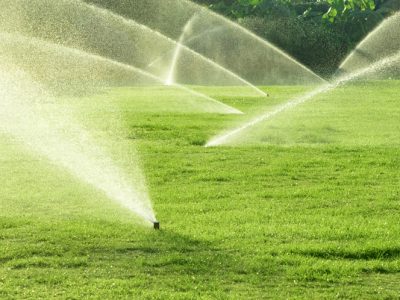
Wildlife depends on trees for habitat, food sources, and shelter. That’s why it is important for us to ensure that there are enough trees in our environment to sustain wildlife populations.
One type of tree that has proven itself as a great choice for wildlife habitat is the Allegheny dwarf chestnut trees. In this blog post, we will explore why this type of tree is so beneficial for sustaining thriving wildlife populations.
What Makes the Allegheny Dwarf Chestnut Tree So Special?
The Allegheny dwarf chestnut tree is a species of deciduous broadleaf tree native to North America. It is an ideal choice for supporting wildlife because it has an open canopy structure and provides abundant supplies of food and shelter.
The tree produces large amounts of nuts that provide a high-energy source of food for many animals, including squirrels, chipmunks, deer, grouse, wild turkeys, and other birds. The nuts are also enjoyed by people!
Additionally, the Allegheny dwarf chestnut tree provides cover from predators and other environmental conditions such as extreme weather or low temperatures.
Benefits to Other Species
- In addition to providing food and shelter to various species of animals, the Allegheny dwarf chestnut tree supports other species in indirect ways.
- The leaf litter produced by this type of tree helps support invertebrates such as ants and spiders, which in turn provide food sources for other animals higher up in the food chain, like birds and small mammals.
- Additionally, these leaves decompose over time, releasing valuable nutrients into the soil, which can help promote healthy plant growth nearby.
Improving Habitat Quality with Plantings
Planting more Allegheny dwarf chestnut trees can help improve habitat quality in areas where these trees may not naturally occur due to human disturbance or environmental changes over time.
By introducing more trees into an area, you can increase the available resources available to wildlife while also creating a more diverse landscape which can further benefit local species.
Also, planting more trees can help mitigate negative impacts caused by climate change, such as increased temperatures or reduced rainfall, as they help keep air temperatures cooler near the ground level compared to bare land, which can help maintain suitable conditions for many species living nearby.
Conclusion:
When it comes to supporting thriving wildlife populations, it is clear that having plenty of suitable habitats available is key.
With all these considerations taken into account, we can say with confidence that having plenty of Allegheny dwarf chestnut trees around goes a long way toward sustaining healthy wildlife populations everywhere!










